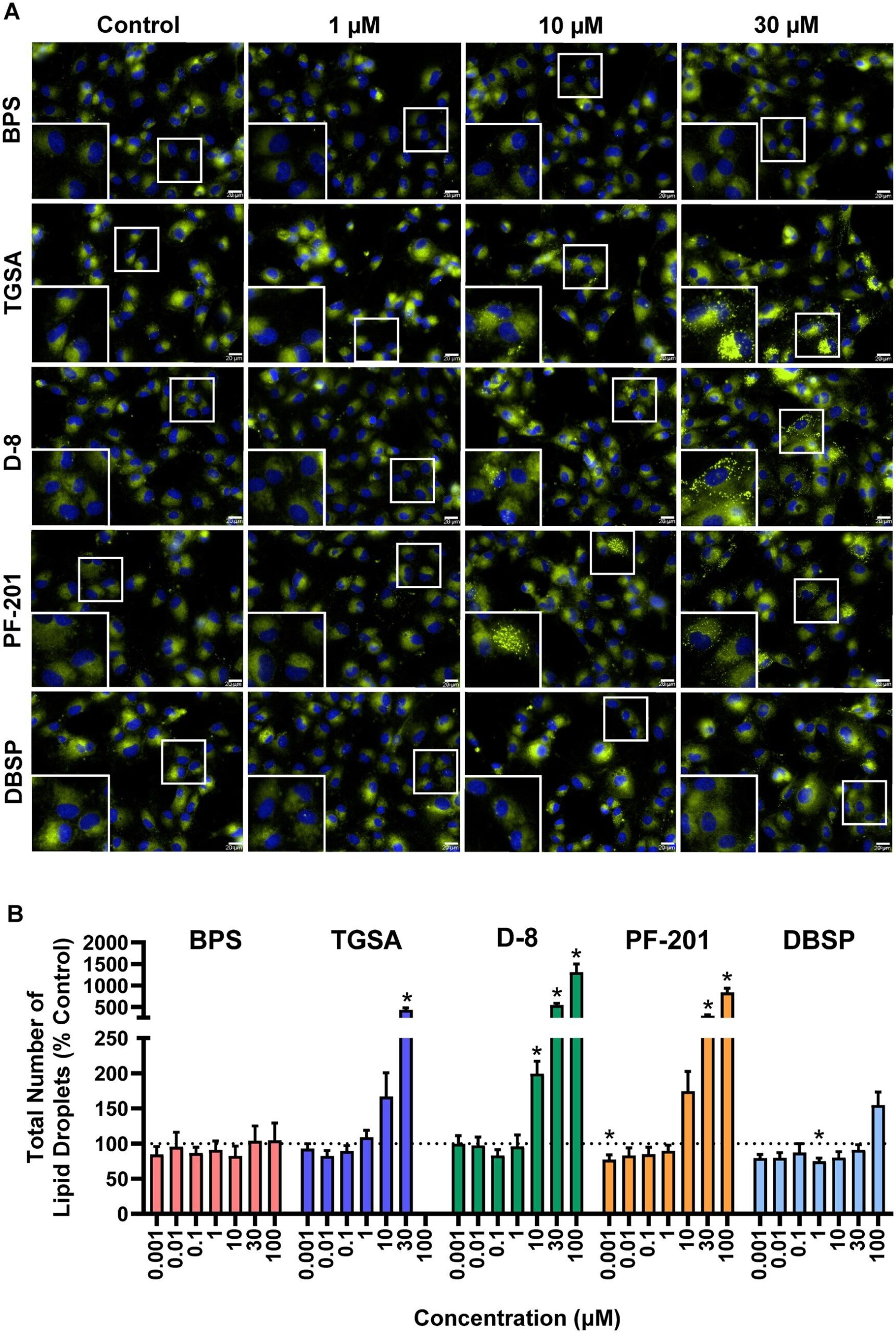For years, consumers have been reassured by the bold promise stamped across water bottles, lunch containers, and food packaging: BPA-free. These words suggest safety, as though the chemical threats once associated with bisphenol A (BPA) have been successfully eliminated. But a new study from McGill University reveals a troubling truth—when one harmful chemical disappears, another often quietly takes its place.
Researchers have discovered that common BPA substitutes used in packaging and food labels can disrupt critical processes in human ovarian cells. This revelation raises urgent questions about how safe “BPA-free” really is, and whether the chemicals hiding in our grocery stores could carry long-term consequences for health.
When Safety Labels Fall Short
BPA has long been a controversial compound. Once widely used in plastics and food containers, it is known to interfere with hormones, potentially harming fertility, metabolism, and early development. Public outcry over these risks led to restrictions in products such as baby bottles in Canada and elsewhere.
But here lies the catch: banning BPA didn’t end the story. Instead, manufacturers replaced it with other chemicals—many of which are barely studied and largely unregulated. The words “BPA-free,” it turns out, do not necessarily mean risk-free.
The McGill study highlights this problem by showing how BPA replacements, specifically those found in the adhesives and ink of price stickers on fresh food, may themselves be biologically active and potentially harmful.
Chemicals on Your Groceries
In 2023, food scientist Stéphane Bayen discovered that certain label-printing chemicals could migrate through plastic wrap and end up in the food beneath. His finding prompted collaboration with reproductive toxicologists, who wanted to know what happens when these compounds meet human cells.
The team exposed lab-grown human ovarian cells to four BPA substitutes commonly used in food packaging: TGSA, D-8, PF-201, and BPS. The results were unsettling. TGSA and D-8, in particular, caused ovarian cells to accumulate fat droplets—an unusual phenomenon that may signal metabolic disruption. Even more concerning, these chemicals altered the activity of genes responsible for essential tasks like DNA repair and cell growth.
“Disrupting these functions doesn’t prove direct harm in humans,” explained co-senior author Bernard Robaire, “but it sends a strong warning that we may be repeating old mistakes with new chemicals.”
Why Substitutes May Be Just as Risky
The health concerns surrounding BPA are tied to its ability to mimic estrogen, disrupting the body’s finely tuned hormonal system. Its replacements—such as bisphenol S (BPS)—are often chemically similar. This similarity means they can slip through regulatory loopholes while still interacting with human biology in problematic ways.
The reality is sobering: more than 200 types of bisphenols exist, and only a fraction have been tested for safety. Swapping one bisphenol for another, as Robaire put it, “may be just as harmful, or even worse.”
Health Canada has now flagged the four chemicals studied—TGSA, D-8, PF-201, and BPS—for further investigation. But until more testing is done, these substances remain in circulation, invisible yet potentially impactful.
How Everyday Choices Connect to Bigger Questions
For consumers, the study’s findings may feel unsettling. If “BPA-free” cannot be trusted, how can people make safer choices at the grocery store? While eliminating risk entirely may be impossible, simple actions can reduce exposure. Removing stickers and packaging from fresh foods before storage, for example, limits the contact time between chemicals and food. Choosing items from the top of store piles, where labels are less compressed against the food, may also reduce chemical migration.
Yet personal choices are only part of the equation. The deeper issue lies in how quickly substitute chemicals enter the marketplace without thorough testing. This pattern—removing one hazardous substance only to replace it with another—illustrates a broader problem in chemical regulation. Instead of focusing narrowly on a single compound, scientists argue for evaluating entire classes of related chemicals before they reach consumers.
The Bigger Picture: Science, Regulation, and Trust
The McGill findings do not prove that BPA substitutes are causing harm in the population today. What they do show is a warning signal—a red flag that these chemicals interact with cells in ways that demand closer scrutiny. Science, by its nature, builds slowly. A single laboratory study is not the final word, but rather the first step in a longer process of testing, confirmation, and eventually, regulation.
For consumers, the study offers both reassurance and challenge. Reassurance, because scientists are actively investigating the hidden risks in our daily lives. Challenge, because awareness alone is not enough. Stronger regulatory frameworks, more transparent testing, and broader public engagement are essential to ensure that “BPA-free” truly means safe.
A Reminder of Science’s Role in Daily Life
This research is more than an abstract finding in a laboratory—it is a reminder of how deeply science intersects with ordinary human experience. From the cheese bought at a deli counter to the fish wrapped for dinner, the invisible world of chemistry shapes what enters our bodies. Studies like this connect the dots between industrial processes, cellular biology, and personal health, revealing the complex web that links the grocery aisle to the laboratory bench.
As Robaire noted, “These are major cellular functions.” The disruption of DNA repair or growth pathways may not translate into immediate disease, but it underscores the importance of vigilance. Science, in this context, is not just about curiosity—it is about protecting the very foundations of life.
Looking Ahead
The promise of BPA-free products was meant to symbolize progress, but McGill’s findings show how progress must be paired with precaution. As regulators begin to investigate these replacement chemicals, the public is reminded of a deeper truth: safety cannot be taken for granted. Each new substitute must be tested with the same rigor as the chemical it replaces, or we risk moving in circles rather than forward.
For now, consumers can take small protective steps, but the real solution lies in collective responsibility—where scientists, regulators, and industries work together to ensure that the products lining our shelves are not only convenient but genuinely safe.
The story of BPA and its substitutes is not finished. It is unfolding still, a reminder that science is less about final answers and more about careful, ongoing questioning. And in those questions lies the possibility of a healthier future.
More information: Lama Iskandarani et al, High-content imaging and transcriptomic analyses of the effects of bisphenol S and alternative color developers on KGN granulosa cells, Toxicological Sciences (2025). DOI: 10.1093/toxsci/kfaf096






